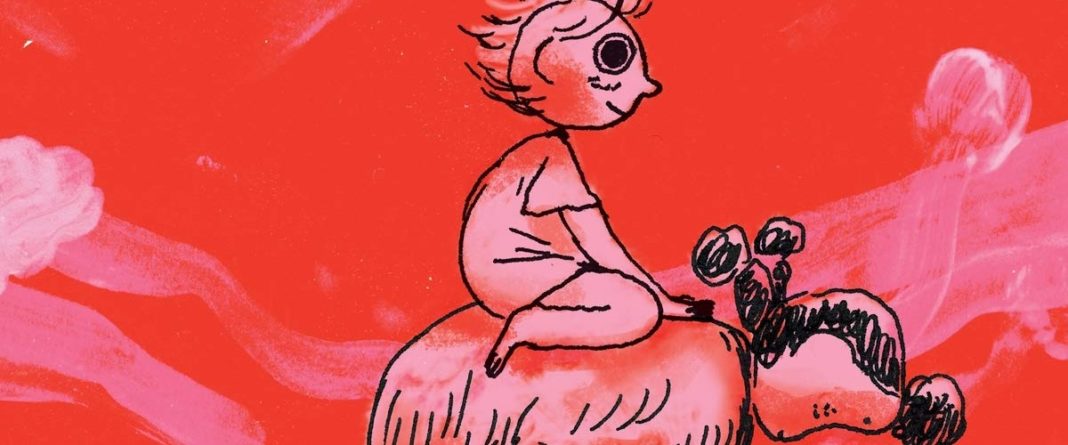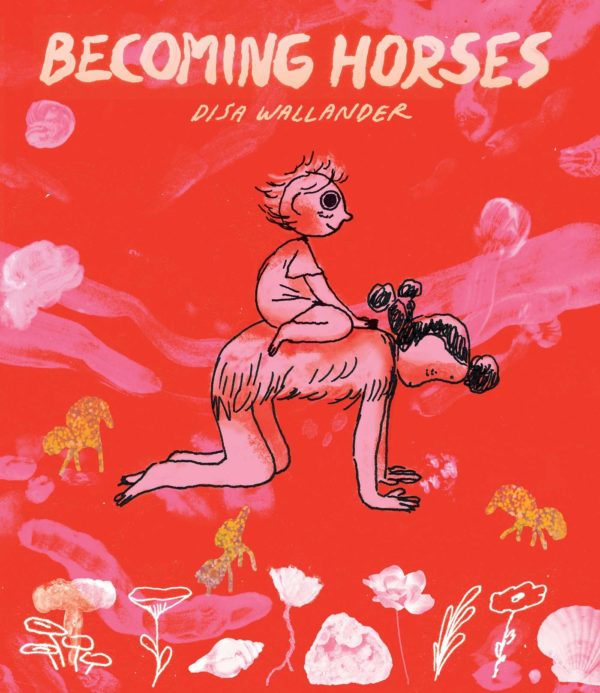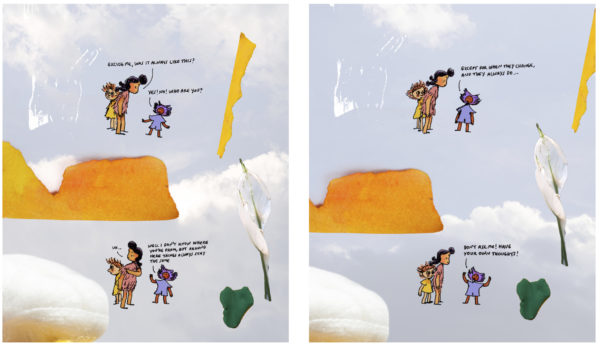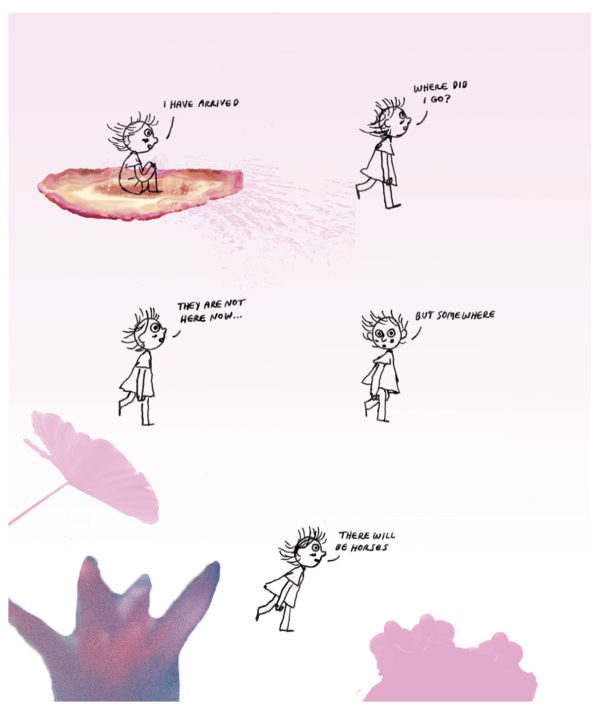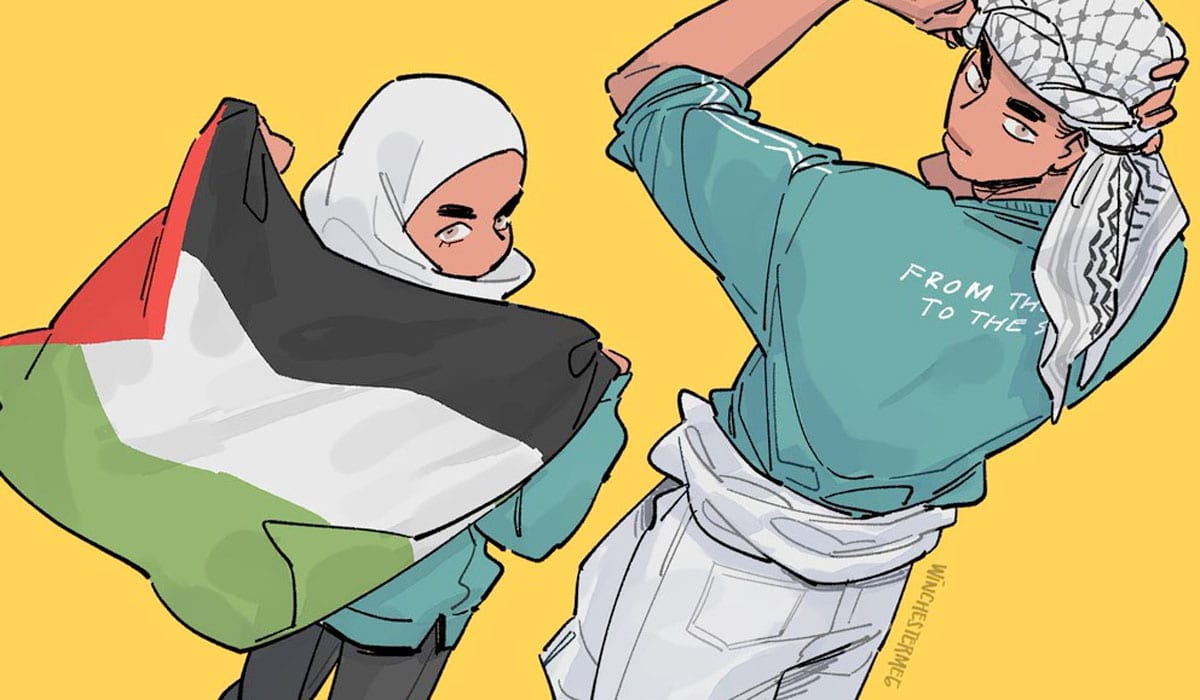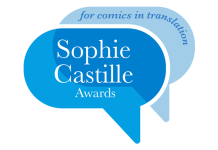Becoming Horses
By Disa Wallander
Drawn and Quarterly
Creativity is different for everyone, and what commonalities there are get mixed in with points of departure so that any two given processes — in thought and in physical terms — don’t line up identically even if they share aspects. And conceptually, points of interest might be shared between creative people, but the execution of processing those interests and then expressing what they have processed are generally reflective of the individual. Mash these circumstances together and what it amounts to is that sometimes, other people’s creativity can look strange.
In Becoming Horses, Disa Wallander takes that as a starting point and uses it to examine these differences and also the way in which trying to understand the differences created new shared languages between people. Creativity is, at its essence, a form of communication, but one that features the necessity of learning new languages in order to clearly communicate. Learning new languages is the point of it unless stagnation is your goal, and in Wallander’s colorful world, her characters are eager to use that lure as a ticket to exploration and their own expansion.
This makes it sound all very complicated, but it’s the exact opposite of that. Becoming Horses is mostly a collection of sequences in which Wallander’s characters interact during some form of absurd creative exercise, which sometimes resembles more traditional art-making, while other times looks like playing make-believe or even achieving actual physical transformation. The conversations between the characters are simple, typically beginning with a question about the activity and receiving a reply that often cuts right to the depth of it and reveals the concept or the emotion wrapped around it. It’s like a collection of obtuse artist statements that have been put through an A.A. Milne filter.
Unexpectedly Wallander’s work reminds me the most of Jules Feiffer’s Explainers strip that used to appear in the Village Voice. Her characters are squiggly and animated, with their gestures often being the most important aspect of their presence, and rendered by Wallander in repeated form to create their sequential nature. But Wallander takes them beyond the two-dimensional page by placing them within a collage framework that offers bursting colors and surreal settings that make it seem — quite appropriately — that they exist in some art concept ether.
At a certain point in Becoming Horses, the interactions begin to resemble collaboration, and the process of creativity then starts to feel less lonely, less cut off from the thoughts of others. This can sometimes create feelings of being unsure or even that the collaboration is not equal, but these, too, are part of the process that Wallander is visualizing.
But Wallander isn’t formalizing it as a process, these are not steps that need to be taken. It is just a journey, and journeys are made on the landscape that is in front of you and endured with a healthy embrace of randomness, which is always challenging and informative in some way. Wallander’s characters have grown by the end, but not through any strict movement. It’s more the freedom of their movement that’s provided the growth, and the reminder that creativity is fueled by the ability to listen to yourself and the world around you, rather than by telling yourself how things should be and towing your own line.


